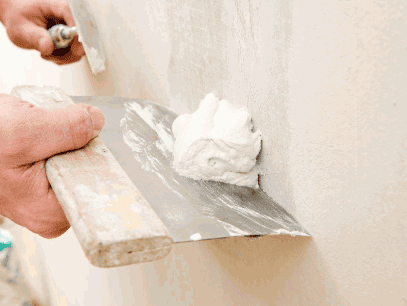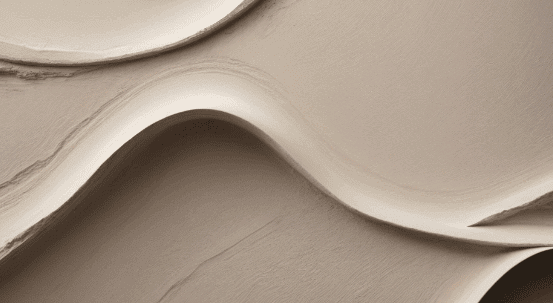
Are you tired of the old, cracked plaster walls in your home? Do you want to update the look of your space but don't know where to start? Look no further! In this article, we will guide you through the steps to remove plaster walls and give your home a fresh new look. Say goodbye to outdated walls and hello to a modern, stylish space!
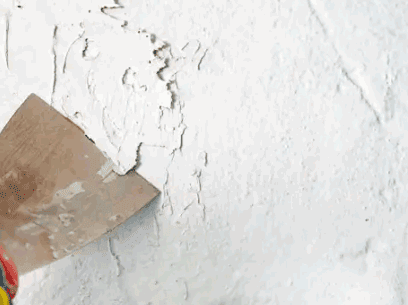
Table of Contents
Plaster walls are a traditional wall-finishing method that dates back centuries. This technique involves applying layers of a mixture of lime, sand, and water to a lath or masonry surface. Plaster walls are highly regarded for their durability, soundproofing capabilities, and smooth appearance. However, as time passes, they may become damaged or outdated, prompting homeowners to contemplate their removal.
Removing plaster walls can be a labor-intensive task that requires careful preparation and the use of suitable tools. It is crucial to take necessary safety measures and seek professional assistance if necessary.
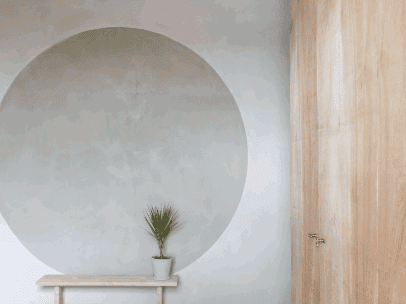
Plaster walls have been a popular choice for interior walls for centuries, but there may come a time when homeowners or renovators want to remove them. There are a few reasons why one might want to remove plaster walls, whether it’s due to damage or simply an outdated design. In this section, we will discuss the main reasons why someone would want to remove plaster walls and the steps involved in doing so.
Damaged plaster walls can be a hassle, but with the right tools and steps, you can effectively remove them.
Remember to prioritize safety by wearing protective gear, turning off electricity, and being cautious of sharp edges. If removing plaster walls seems overwhelming, consider alternatives such as covering them with drywall or skim coating.
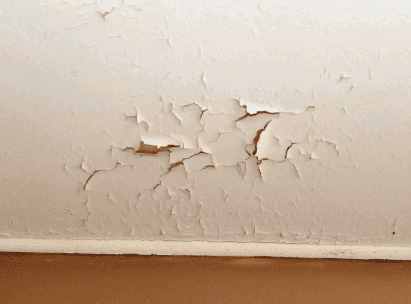
Removing plaster walls can be a great idea if you want to update your space and get rid of an outdated design. Here are the steps to remove plaster walls:
Pro tip: Before removing plaster walls, make sure to check if there are any electrical wires or plumbing behind the walls to avoid any accidents.

When it comes to removing plaster walls, having the right tools is essential for a successful and efficient process. In this section, we will discuss the necessary tools for removing plaster walls and their specific purposes. From the strength of a hammer to the precision of a utility knife, each tool plays a critical role in the removal process. So, let's take a closer look at the essential tools needed for removing plaster walls.
Removing plaster walls requires specific tools, such as a hammer, to complete the task effectively. Here is a step-by-step guide on using a hammer to remove plaster walls:
Remember to follow safety precautions, such as wearing protective gear, turning off electricity, and being cautious of sharp edges. If removing plaster walls is not desired, alternatives like covering with drywall or skim coating the plaster can be considered.

A chisel is a necessary tool when it comes to removing plaster walls. It is specifically designed to break apart the plaster and separate it from the underlying lath strips with precision and control. To ensure safety, it is important to wear protective gear such as safety goggles and gloves when using a chisel as it can create flying debris. It is also recommended to turn off the electricity in the room to avoid any potential electrical hazards. Overall, utilizing a chisel is an efficient and safe method for removing plaster walls.
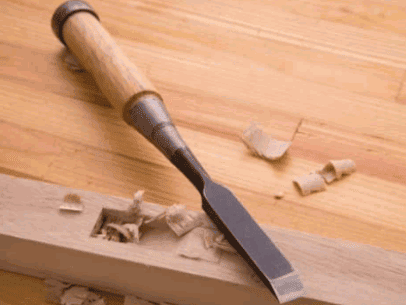
A pry bar is an essential tool for removing plaster walls. Here are the steps to use a pry bar effectively:
Remember to always wear protective gear, turn off the electricity, and be cautious of sharp edges while using a pry bar to remove plaster walls.
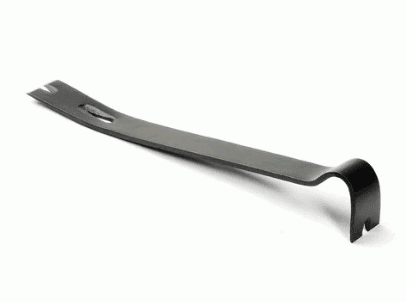
A utility knife is an essential tool when removing plaster walls. Here are the steps to follow when using a utility knife:
Remember to wear protective gear, turn off electricity, and be cautious of sharp edges when using a utility knife.
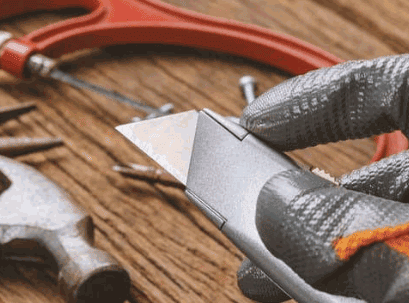
Removing plaster walls can be a daunting task, but with the right steps, it can be done efficiently and effectively. In this section, we will discuss the step-by-step process of removing plaster walls. From preparing the room to cleaning up the debris, we will cover all the necessary steps to make this project a success. So let's dive in and learn how to remove plaster walls like a pro.
Preparing the room is an essential step when removing plaster walls. To ensure a smooth and efficient process, follow these steps:
By following these steps, you can effectively prepare the room before removing plaster walls.
Scoring the plaster is a crucial step in the process of removing plaster walls. Follow these steps to effectively and safely score the plaster:
Fact: Scoring the plaster helps weaken its bond with the lath, making it easier to remove.
To remove plaster pieces from walls, follow these steps:
Fact: Removing plaster walls can be a dusty and labor-intensive process.
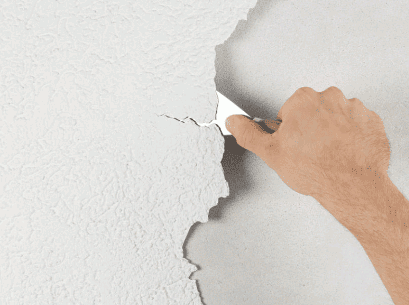
Removing lath strips is a crucial step in the process of removing plaster walls. Follow these steps to guide you through the process:
The use of lath and plaster dates back centuries, with ancient Romans and Egyptians using this technique in their construction. Lath strips, typically made from wood or metal, served as a base for applying plaster. However, with advancements in construction materials and techniques, lath and plaster walls have become less popular, with many homeowners choosing drywall instead. Nevertheless, when renovating older buildings, the removal of lath strips is still a necessary step.
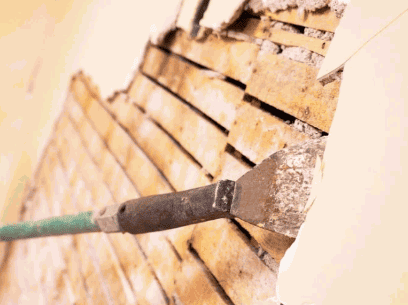
Cleaning up the debris after removing plaster walls is an important step in the process. Here are the steps to effectively clean up the debris:
By following these steps, you can ensure that the area is clean and ready for the next stage of your project.
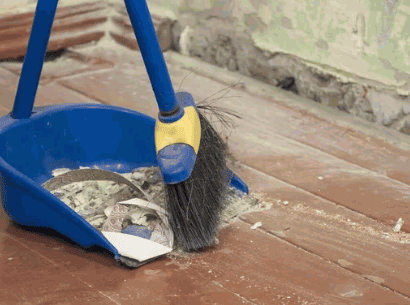
When removing plaster walls, safety should always be a top priority. In this section, we will discuss the necessary safety precautions to take before starting the removal process. These precautions include wearing protective gear to prevent any potential injuries, turning off electricity to avoid any accidents, and being cautious of sharp edges while removing the plaster. By following these safety measures, you can ensure a safe and successful removal of plaster walls in your home.
When removing plaster walls, it is crucial to prioritize safety by wearing protective gear. Follow these steps to ensure a safe removal process:
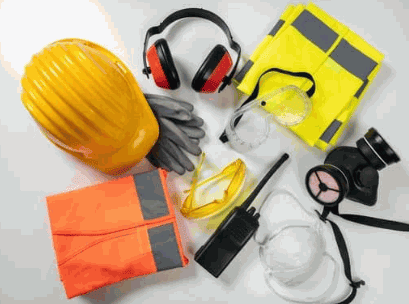
When removing plaster walls, it is crucial to prioritize safety by turning off the electricity. Follow these steps to ensure a safe process:
When removing plaster walls, it is crucial to be cautious of sharp edges to avoid injuries. Follow these steps to ensure your safety:
In ancient times, when plaster walls were commonly used, craftsmen would often adorn them with intricate carvings. These ornate designs added beauty and elegance to the walls, but it was important to be mindful of sharp edges. Skilled artisans would carefully smooth and round the edges to ensure safety while still maintaining the aesthetic appeal.
Removing plaster walls can be a daunting and messy task, but did you know there are alternatives? In this section, we will explore the different options for dealing with plaster walls that don't involve tearing them down. We will discuss the process of covering the plaster with drywall, as well as the technique of skim-coating the plaster to create a smooth surface. By the end, you will have a better understanding of the alternatives to removing plaster walls and which method may be best for your specific situation.
Covering plaster walls with drywall is a simpler and less time-consuming alternative to completely removing them. This process can give your walls a fresh and updated look. Here are the steps to follow for covering plaster walls with drywall:
By following these steps, you can easily transform your outdated plaster walls into smooth and modern surfaces without the need for complete removal.
Skim coating is a great alternative to removing plaster walls. This process involves applying a thin layer of joint compound to create a smooth surface, which can be time-consuming but less messy than removing plaster. Here are the steps to skim-coat plaster walls:
Uncover more: How To Plaster Skim A Wall
